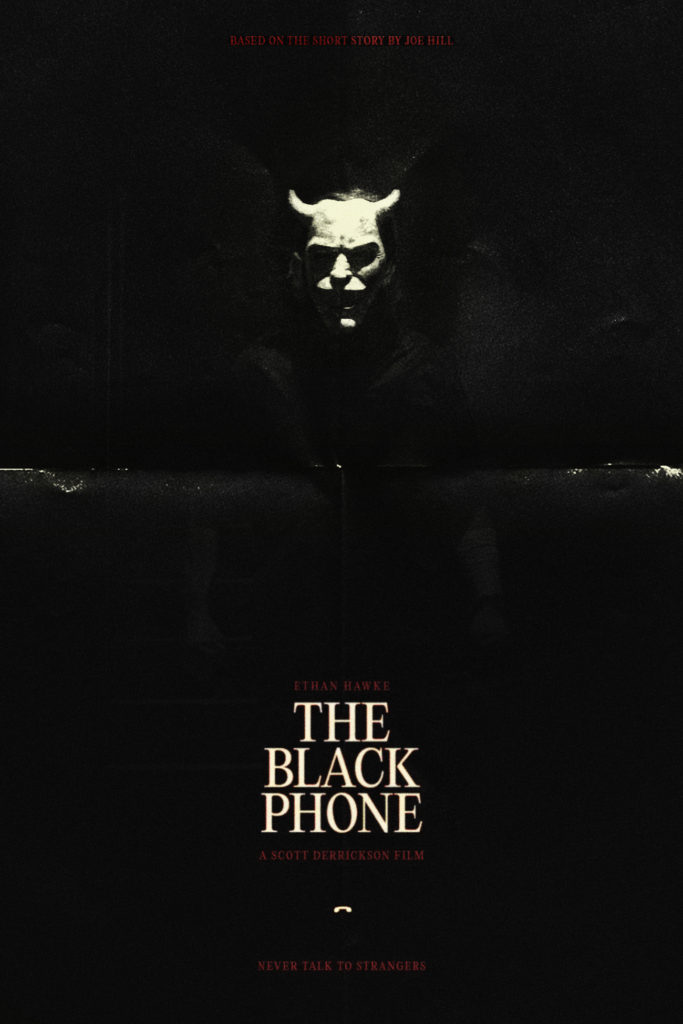
The very first notes of The Black Phone let us know that this won’t quite be your typical Mark Korven score. An ugly, noisy synth melody plays, backed by grating roars and shrieking noise, all while we watch a montage of ghastly images. It’s effective from a storytelling perspective, tonally preparing us for the next 90 minutes while Korven’s vintage-sounding electronics mark the late 70s setting (on first listen I would have guessed early 80s, which I’m chalking up to my inexperience at dating synths). But it also signals Korven’s musical growth.
Most listeners will be familiar with Korven from The Witch and The Lighthouse, which were very tonal, chaotic pieces (with the former also serving as one of the best horror scores of the 2010s) largely built off of the Apprehension Engine, a bespoke instrument able to channel myriad horrific sounds. From the popularity of these, it’s easy to pigeonhole his recent musical style; I’m certainly guilty of it. But then his very overlooked score for Resident Evil: Welcome to Raccoon City surprisingly introduced a number of electronic elements heavily into the mix. Although these played a large role in the score, that role was often supporting. Now, as we hear in “Main Title”, he’s brought them to the forefront.
This doesn’t last, as Korven routinely goes back to the more familiar territory of spearing noise, but it still happens far more than we’re used to. Outside of the striking, haunting melody of “Main Title”, the other prominent example is through his motif for The Grabber. The film’s antagonist, The Grabber (played wickedly by Ethan Hawke) prowls the streets of suburban Denver, preying on its local children. He plays insidious games with them, and the motif marks the times in which tensions rise and he’s poised to strike. It’s a repetitive, single-note electronic beep, like an alarm warning of the direst storm. It dopplers in and out, fading away only to return seconds or minutes later. Just as these child victims are oblivious as to when The Grabber will return, until it’s too late and he’s already upon them, so too does the listener never know when it will strike again, keeping us alert (or punishing those whose attention wanes).
Korven’s score also surprisingly wades into melodramatic territory, particularly when characters search for main character Finney (particularly his little sister Gwen, expertly played by Madeleine McGraw) or the town otherwise agonizes over his and the prior victims’ disappearance. It’s a softer, gentler side to Korven that I can’t recall previously hearing, capturing the fear that grips this small town and their collective sense of helplessness. At times the score gets too on the nose, but this overbearing is only ever noticeable in the film, and even then, only slightly.
Ultimately, Korven’s score always returns to familiar territory, his endless box of noisy terrors. It clangs, bangs, crashes, and whirs, drones, roars, and howls – a delightfully unnerving cacophony. It’s sonically complex and quite texturally deep; with a careful ear one constants discovers new sounds and nuances. But it’s also easy to lose focus, as this rich chaos blends into one great horrific blur.
Editor’s Note: This score also featured in our column about the Best Film Scores of June 2022.
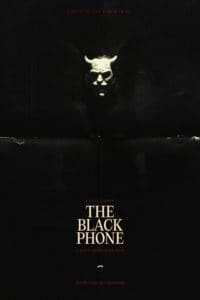
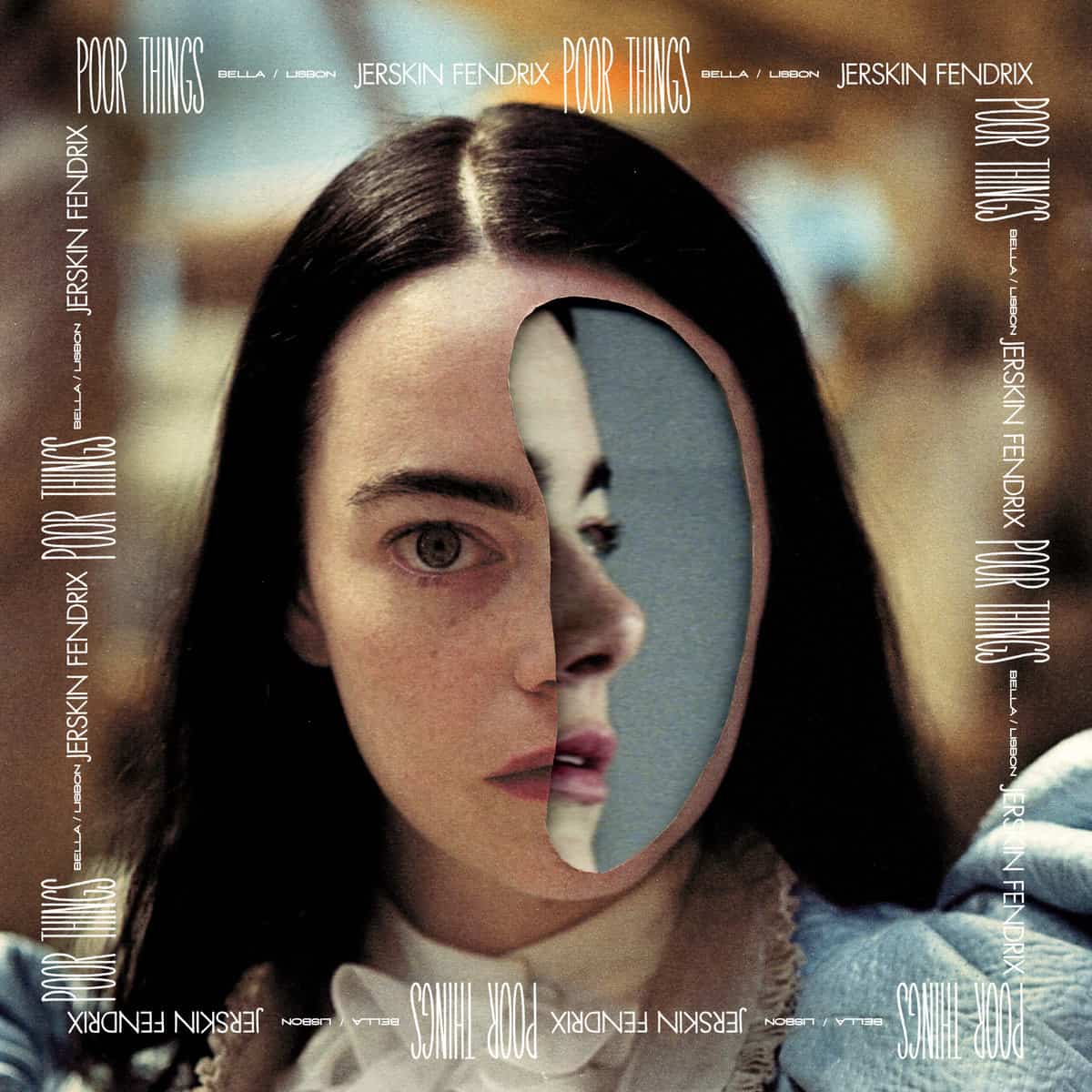
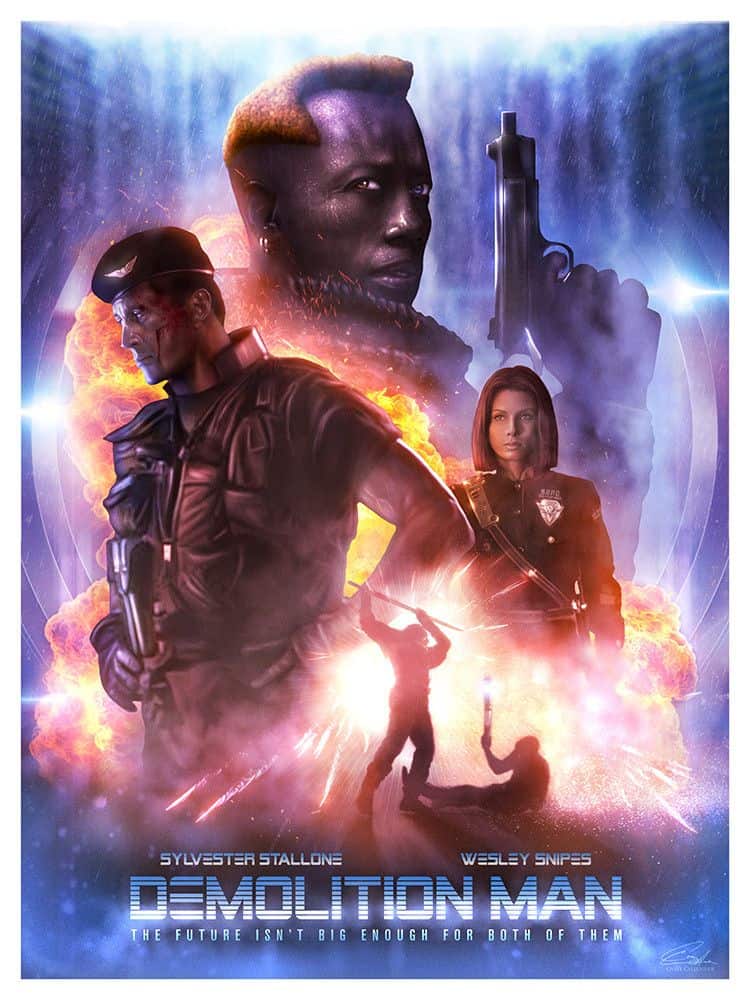
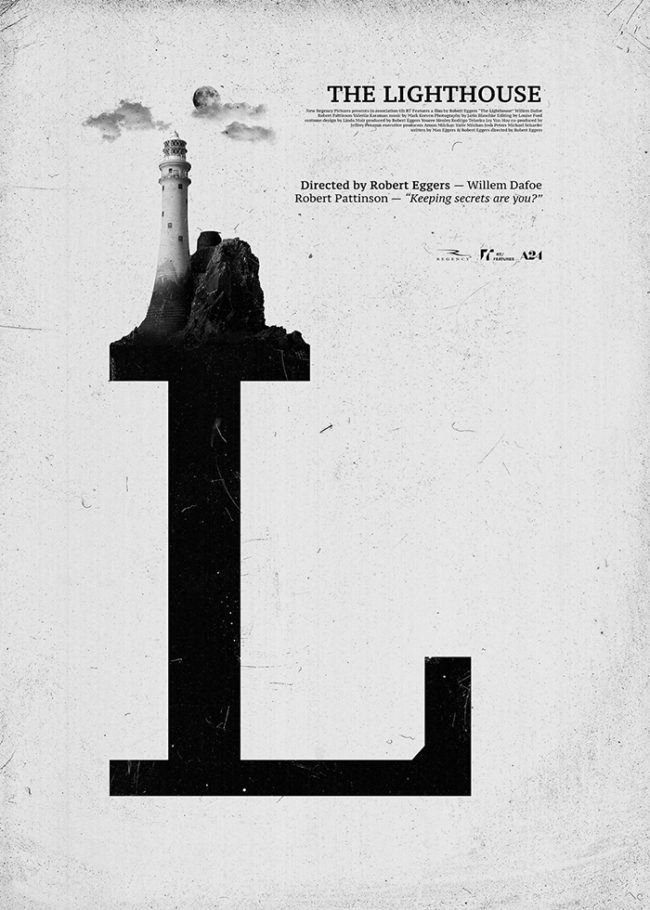
1 thought on “The Black Phone by Mark Korven (2022) – Film Score Review”
Comments are closed.